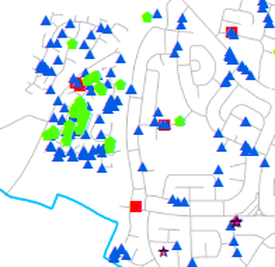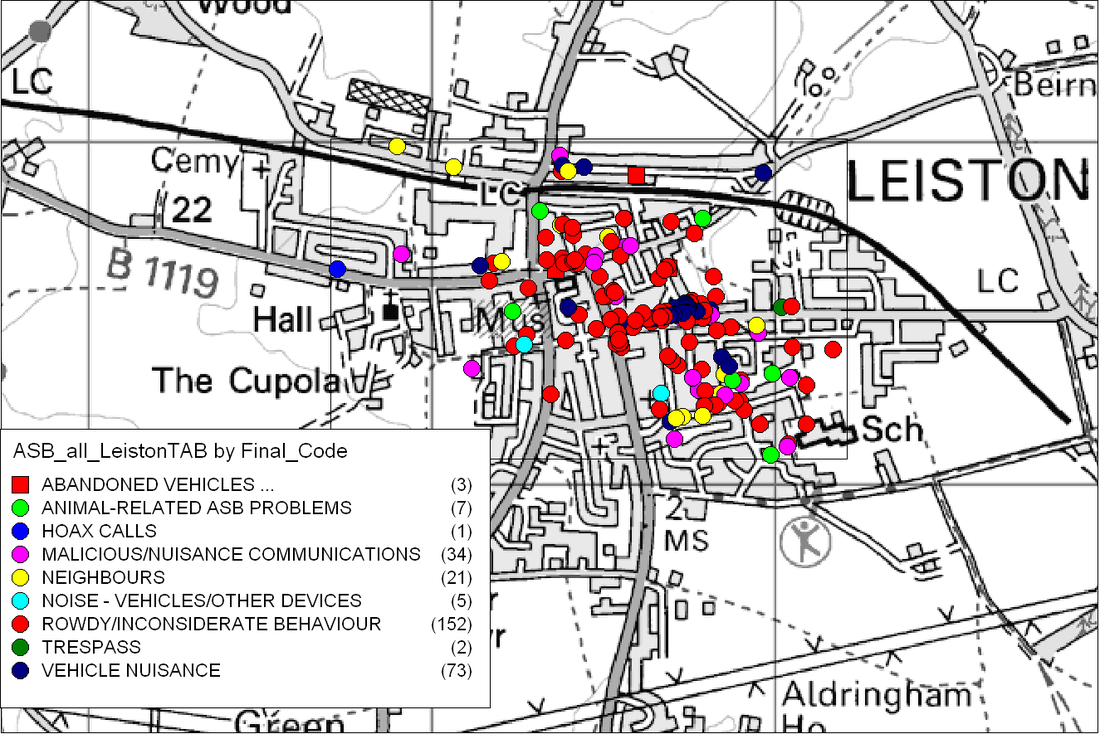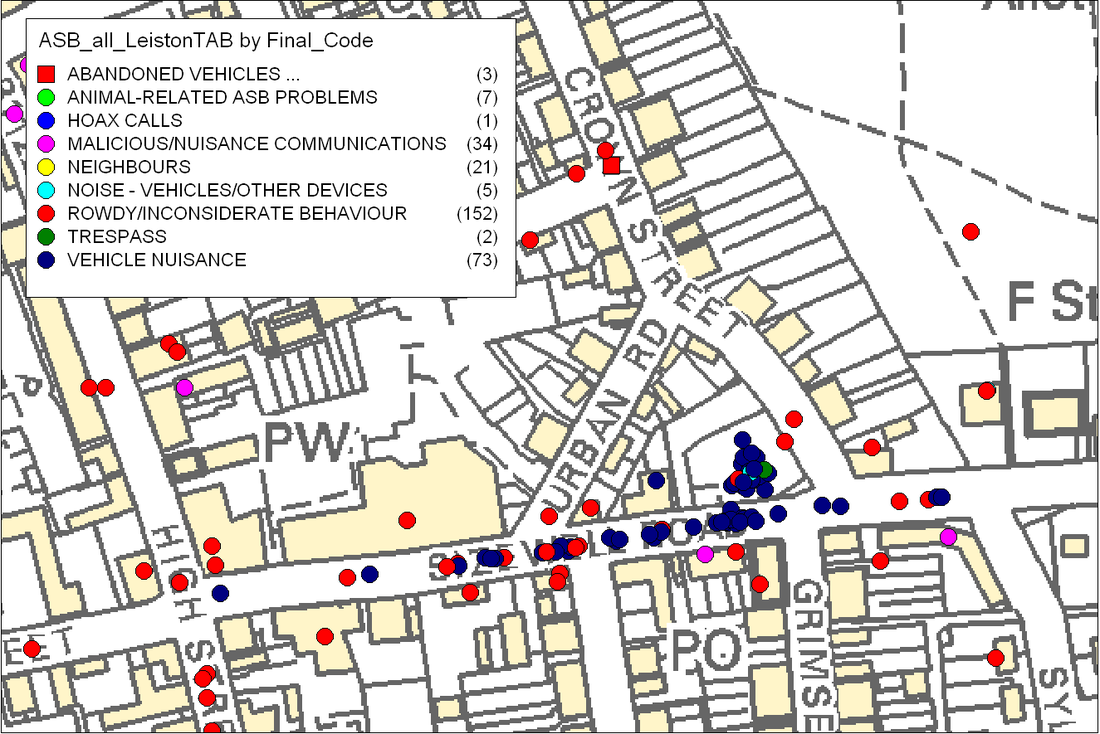
We're convinced this kind of improvement will resonate with all LA's facing on-going budget cuts estimated to be anything from 7% to 15% (annual avg.) and projected to hit most authorities each year until 2020. So we thought we'd better start boasting about this latest improvement, in case it's something we cold repeat for you?
Based on our track record, this kind of saving is not only typical but also repeatable across most, if not all areas of local authority service delivery ... if you're wondering how you're going to reduce total spend while increasing revenue and jobs, we'd be happy to have a conversation - we've found innovative ways to do this many times in the past and we're very pleased to be doing it again now.




 RSS Feed
RSS Feed